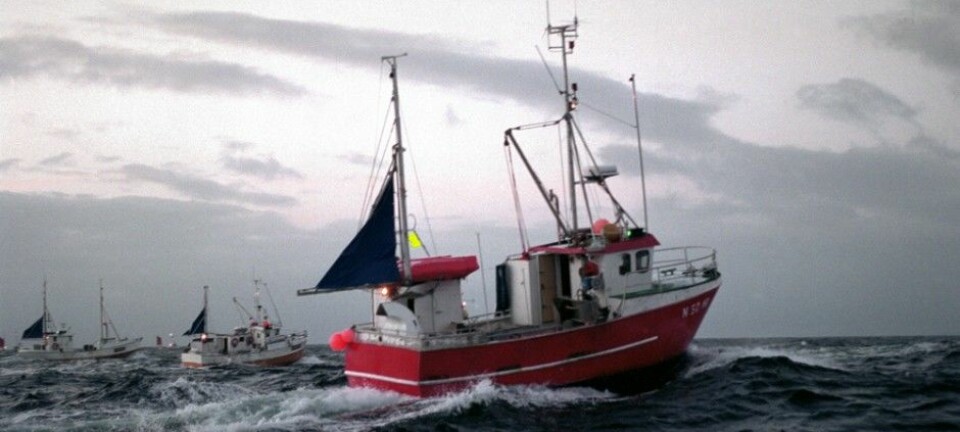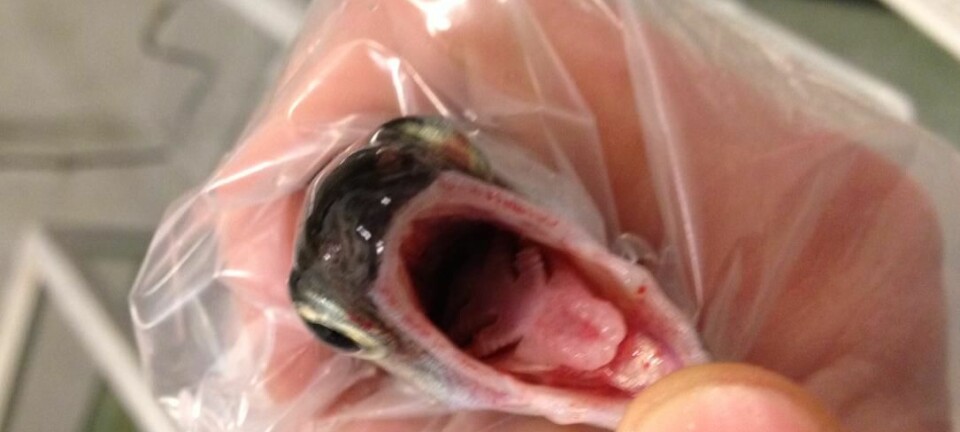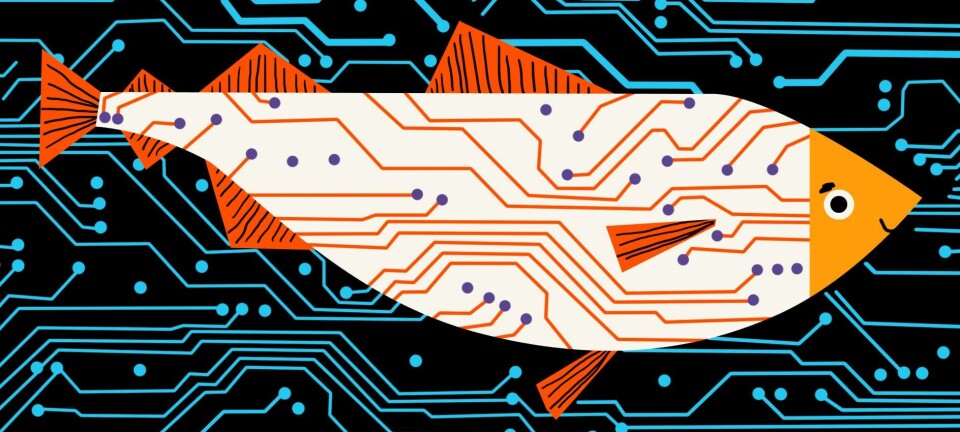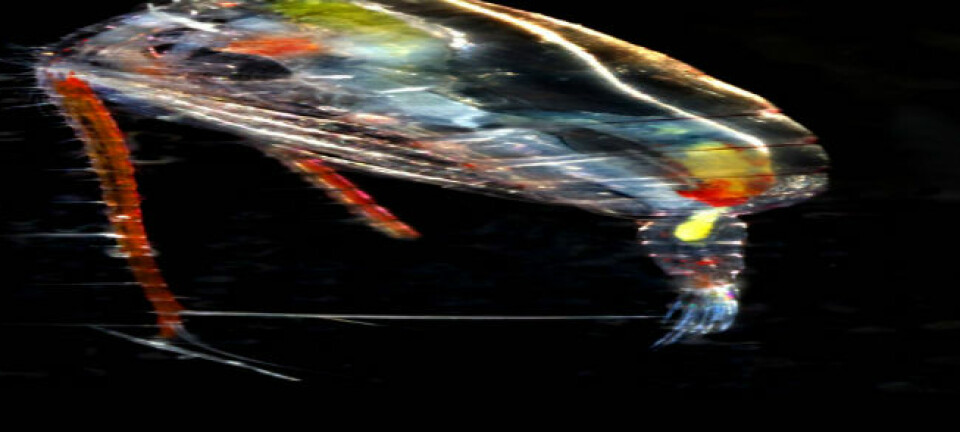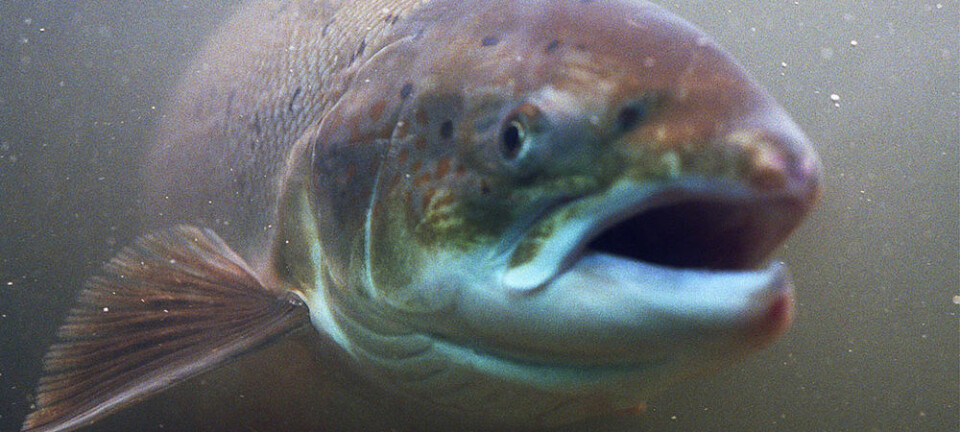An article from Norwegian University of Life Sciences (NMBU)
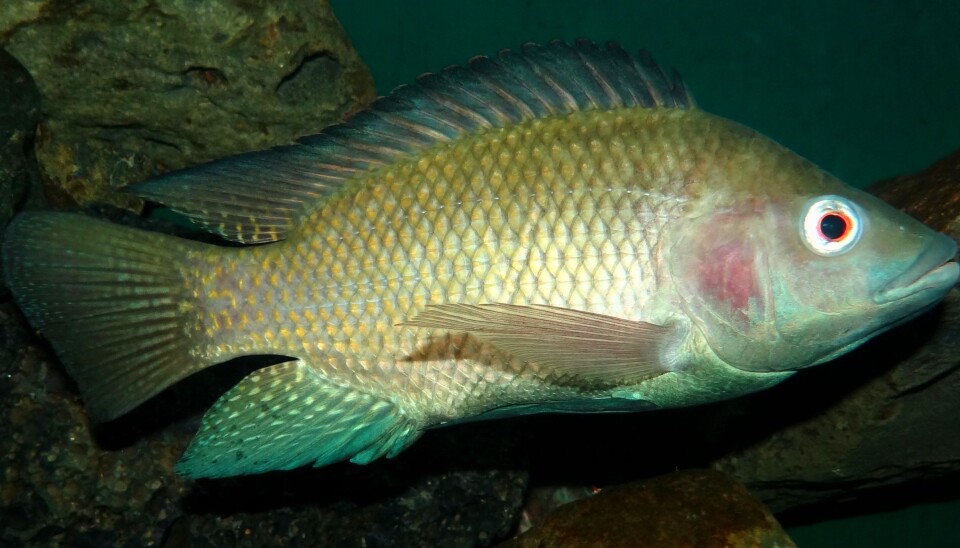
Developing new genomic resources for Nile tilapia fish breeding
New resources could improve breeding programs of this important aquaculture species.
Tilapia is a popular tropical fish, farmed in more than 100 countries.
In 2015, it accounted for 7.4 per cent of global production, making it the second most produced aquaculture species in the world, after carp.
Despite this, tilapia breeding programs still rely on classical methods and have a lot to gain in adopting modern breeding approaches.
So, in collaboration with the genetics company, GenoMar AS, Norway, we have developed new resources to improve breeding programs of this important aquaculture species. These new resources could revolutionise the tilapia-breeding program, as we have seen in cattle, chicken, and salmon breeding programs.
Read More: It matters who your mother is, even for fish
What happens in a breeding program?
For thousands of years, farmers have selected the healthiest and most productive plants and animals to be parents of each new generation. Using easily observed visual clues like disease resistance and growth rates, this selective breeding has slowly but surely resulted in enormous improvements in agriculture productivity.
More recently, farmers have become interested in selecting on multiple so called “quality traits” simultaneously, and they do not want to wait for many years to know whether a particular mating or crossing has been successful.
Genetics allows us to cheat the system by exploring the genetic code of an organism (DNA), and discovering mutations that make one individual “better” than another, for example, genetic variants that lead to more meat on each fish. Using the information hard-coded in DNA, breeders can use genetic signatures to select parents that have these mutations, and using the previous example, boost overall production.
What are mutations and how can we use them?
Every organism on earth, from protozoa to petunias, parrots to people, contains a unique molecular code written in the chemical language of DNA. This defines how they develop and grow, and influences how they mature and die.
Taking humans as an example, the DNA code from any two individuals on earth is 99.9 per cent identical. What differentiates us from each other are genetic mutations or variants.
Medical scientists have developed ways to test thousands or millions of variants in the laboratory and find out which are associated with particular traits, like cancer and other diseases.
Scientists studying plants, animals, and fish, can do the same tests, but are usually concerned with production traits, such as body weight, fillet yield, and so on. Once found, breeders can decide which individual plants and animals should be used for breeding the next generation.
In our study, we used these techniques and approaches to develop a tiny two millimetre-square DNA microarray (SNP-array) that can simultaneously test 58,000 DNA variants (mutants) in DNA extracted from a drop of blood or fin-clip collected from a single Nile tilapia individual.
Although the variants represent only a tiny fraction of the millions of mutations each Nile tilapia fish possesses, but they have been carefully chosen to be highly informative and are scattered evenly across each of the fishes 22 chromosomes.
The micro array allows us to quickly identify chromosome regions associated with a particular trait, for example, fast growth. To help breeders develop (for example) fast growing fish, DNA from groups of fast and slow growing fish is analysed using the microarray and chromosome regions associated with fast-growth are be flagged. This analysis reveals a characteristic “good variant” signature or fingerprint, which can be used to select the parents for the next generation of fish.
How can this revolutionise the Nile tilapia-breeding program?
Currently, Nile tilapia breeding programs reply on relatively simple strategies to mate individuals based on their health and growth performance.
These two things are strongly influenced by genetics. Including DNA information when making breeding decisions, will accelerate breeding programs, while careful selection of individuals based on genetics can ensure that overall DNA variation is maximized, even while selecting for key good mutations.
This is important to avoid inbreeding (mating of closely related fish) and to keep the breeding fish healthy.







